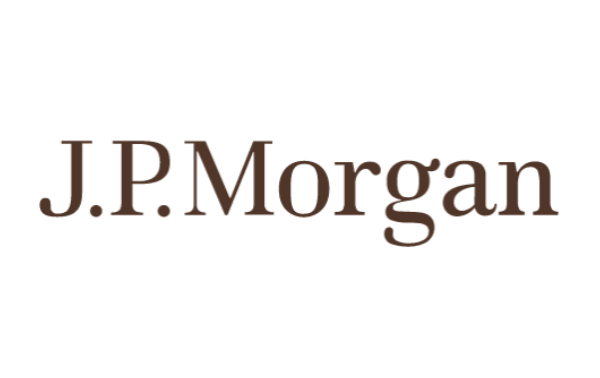While cat bond records fall, it’s not significant net-new reinsurance capital: J.P. Morgan

While the catastrophe bond market has been flying in 2024, with records falling and a significant half-year total of $12.6 billion issued, analysts at investment bank J.P. Morgan rightly point out that the cat bond market alone is not bringing significant net-new reinsurance capital to the market.
The analysts highlight that after maturities are taken into account and the recycled capital that gets invested back into new cat bond issues, the market has really only needed around $3 billion of net new capital to support the cat bond market’s growth through the first-half of this year.
As our new quarterly cat bond market report details and as our interactive chart tracking catastrophe bond issuance and market size shows, the outstanding cat bond market has only grown by slightly over $3 billion since the end of last year.
The outstanding cat bond market is up by a more significant $10 billion since the end of 2022 though, which is very impressive growth for the market especially considering its focus on provision of capital in the main to the upper-layers of reinsurance towers.
That $10 billion figure is significant net-new since the end of 2022, a time when reinsurer capital was more depleted.
However, despite the health of the cat bond market, what J.P. Morgan’s analyst team are highlighting is that this segment of the ILS market alone is not posing any threat to reinsurance market profitability.
In fact, the analysts point out again that, “We continue to view catastrophe bonds as not being in direct competition with traditional reinsurance covers but rather as capital optimisation tools that cover tail risks, providing attractive returns to investors that back these bonds.”
While also noting that the $3 billion in new cat bond capital deployed, is well below the roughly $35 billion recovery in reinsurer equity that has been seen.
Pricing in reinsurance is regularly debated and how capital inflows affect rates is a key subject that is discussed all year round.
We all saw what happened through the early 2010’s, as rates softened dramatically thanks to elevated appetites for nat cat risk in the US from reinsurance firms, as well as the growth of collateralised reinsurance.
So investors into reinsurance market equities are concerned this could happen again and so keeping a close eye on any data on new capital flows that could threaten reinsurer profitability.
“Unlike 2023, there has only been very limited forms of capital raising by the traditional reinsurance industry, likely due to strong returns posted in 2023 by the industry. In addition, we have not seen other vehicles being formed and backed by other forms of capital,” J.P. Morgan’s analyst team state.
There has been more capital coming in, with one source being collateralized reinsurance sidecar vehicles.
Just last week we wrote that Aon had estimated that over $1 billion of new capital had entered the sidecar market in the last year.
In addition, we estimate a further billion could have been raised for the mid-year across certain retrocession and collateralised reinsurance strategies, but it’s hard to gain accurate figures on that at this time.
Even then, it is still only roughly $5 billion in incremental ILS capital and as there have continued to be some outflows through the start of 2024, especially for ILS funds that have unlocked trapped capital and some collateralized strategies, though that $5 billion could be new, the net new is likely a good deal lower, we estimate.
All of which means that analysts should not fear an ILS and cat bond market stimulated softening of reinsurance to occur.
In fact, the analysts from J.P. Morgan state that, at the mid-year renewals, they were pleased to see no real movement on the structures in place in the market and that they saw additional top-layer demand helping to soak up capacity.
With the $3 billion of net new cat bond capital, those upper-layers is precisely where it has been targeted.
All of which is to say, there is precious little new capital to soften the mid to lower layers of reinsurance and retrocession at this time and appetites remain limited to venture too far down the tower, or to start offering more aggregate reinsurance limit again (at least for now).
The analyst team highlight that, for the ILS market, a longer track-record of improved returns may be needed to see significant flows.
Meaning, how this year pans out, from a loss standpoint, and how reinsurer and ILS appetites to make the most of the rate environment develops, will both be critical to how the January reinsurance renewals proceed and where pricing is at the end of the year.






